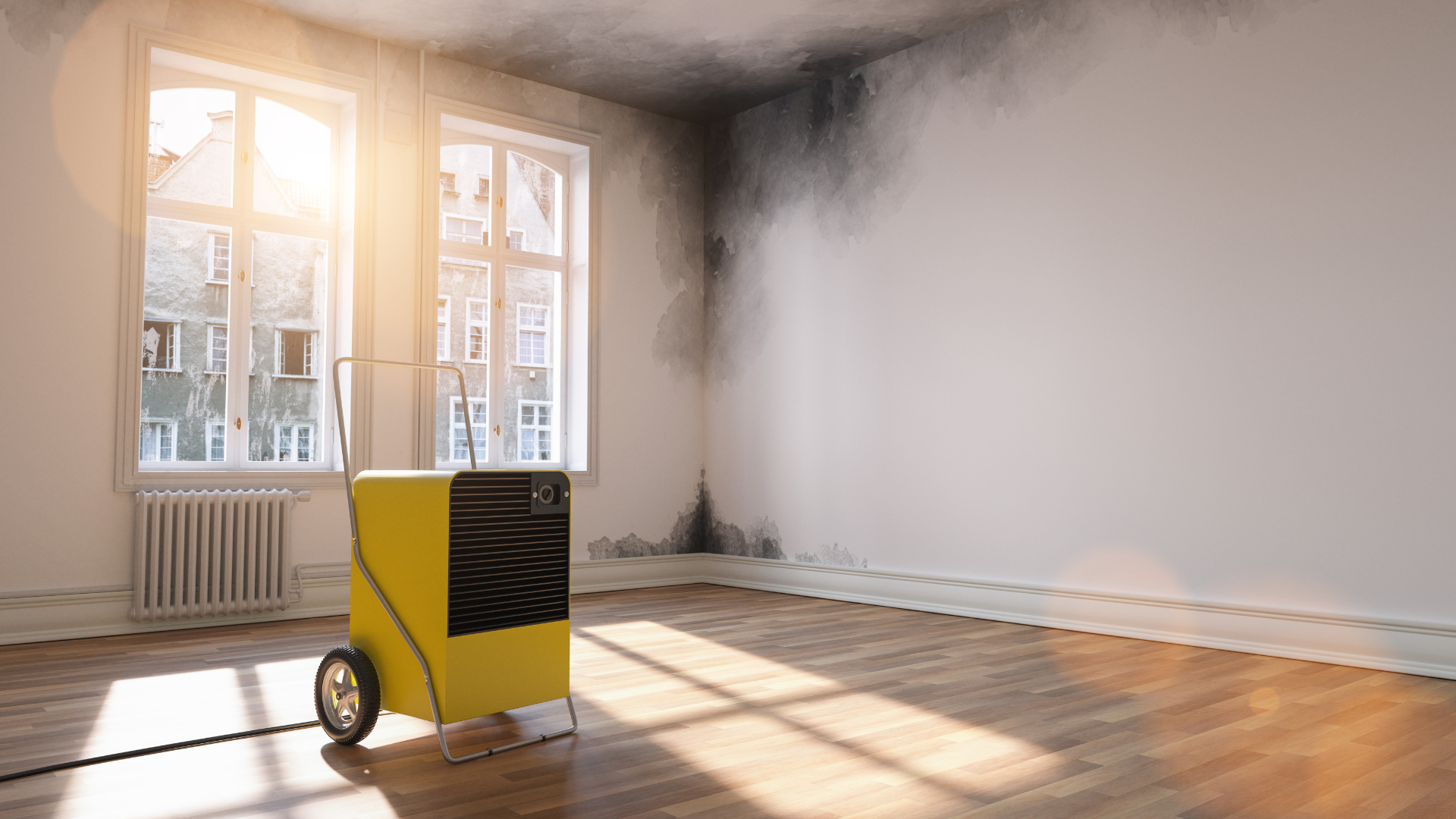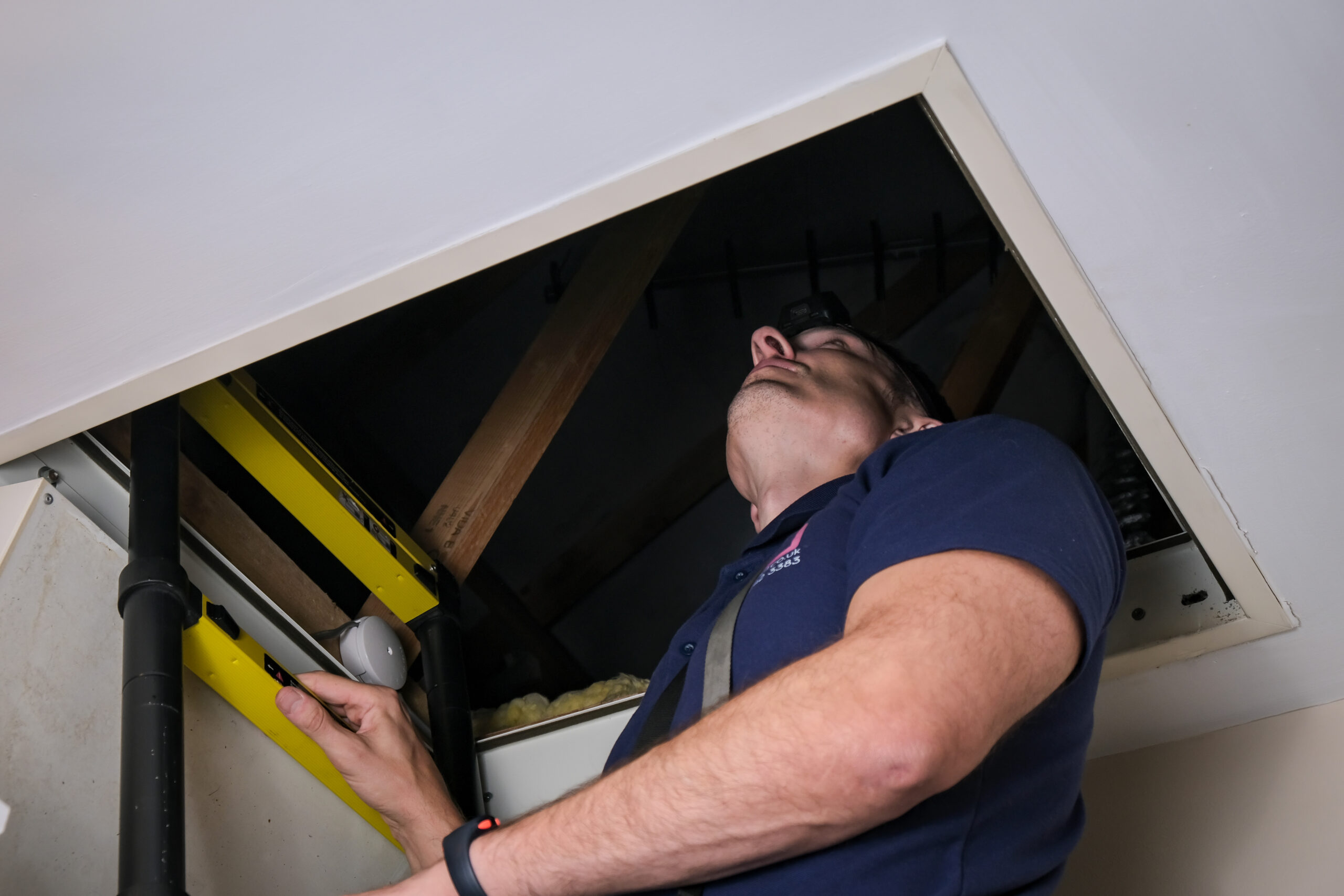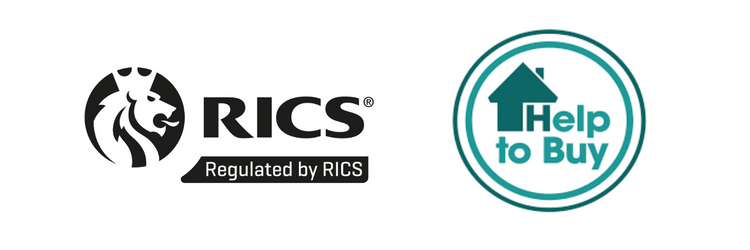Purchasing a home is one of the most significant investments we make in our lifetime, and it’s paramount that we understand exactly what we’re buying. Often, houses may have underlying issues that aren’t immediately obvious. Home problems can range from simple cosmetic fixes to structural problems that could cost thousands to repair. A thorough house survey can highlight these defects before we commit to purchasing, offering us peace of mind and the opportunity to make informed decisions.
Many of us might already be familiar with some common home problems such as damp or a leaking roof. However, there are numerous other potential defects that could go unnoticed without a professional assessment. Cracks in walls or sticking doors might be the first noticeable signs of more serious issues, but only a detailed survey will reveal the scope of the problem.
Our investment in a home should be protected by arming ourselves with as much knowledge as possible about its condition. A house survey, conducted by a professional surveyor, is an essential step to uncover any hidden defects. This allows us to negotiate the price, plan for repairs, or sometimes even walk away if the problems are too severe. It’s not just about uncovering problems in houses, but also about investing wisely and securing our future comfort and safety in our new home.
The Importance of House Surveys
When we’re considering the purchase of a home, it’s vital to understand its true condition. House surveys are a key step in the process of revealing home problems.
Identifying Hidden Problems in Houses
A thorough house survey allows us to uncover any unseen issues that may not be immediately apparent.
- Structural concerns: These include cracks in external masonry or roof damage.
- Dampness: Indicators of damp can suggest a variety of problems, from minor leaks to serious structural weaknesses.
Through a detailed examination, we can pinpoint these home problems before they escalate into costly repairs.
Predicting Future Costs
With the knowledge gleaned from a house survey, we can anticipate future expenses.
- Repairs and replacements: A forecast of when we might need to replace key components.
- Maintenance planning: An understanding of the property’s condition helps us to plan our maintenance schedule effectively.
This foresight aids in the financial planning of home upkeep.
Valuation and Negotiation
Accurate valuation is critical and it’s where house surveys can shine.
- True value: Survey findings can influence the determination of a property’s market value.
- Negotiation leverage: We gain leverage in price negotiations by presenting evidence of any issues discovered during the survey.
This ensures we pay a fair price and account for any necessary repairs.
Common Defects in Residential Properties
In our homes, we frequently encounter a variety of issues that can affect our living quality. Let’s look at the most prevalent home problems found during house surveys.
Structural Issues
Problems with a property’s structure can range from substantial foundation shifts to minor cracks in walls. It’s crucial for us to identify signs such as uneven floors, cracked bricks, and doors that don’t close properly, which could indicate potential structural instability.
At Survey Hut, we assess the basic structural integrity of a property, but it’s always worth considering a more in-depth structural survey to investigate foundational and subsidence issues.
- Symptoms: Fine or wide cracks appearing on walls or ceilings.
- Potential Causes: Settling, thermal expansion, dampness.
- Symptoms: Sagging ceilings and bowed walls.
- Potential Causes: Removal of walls without proper support, structural alterations.
Damp and Mould
Damp and mould can be harmful to both our homes and health. Rising damp, penetrating damp, and condensation are the key culprits here.
- Symptoms: Tide marks on walls, peeling wallpaper, or decayed skirting boards.
- Potential Causes: Failed damp-proof course or high external ground levels.
- Symptoms: Localised dampness, wet or rotting window frames.
- Potential Causes: Leaking downpipes, poor mortar joints, or ineffective render.
- Symptoms: Water droplets on windows, black mould growth.
- Potential Causes: Lack of ventilation, heating, or excessive moisture production indoors.
Roofing Complications
The roof is our first line of defence against the elements, and issues here can lead to serious complications.
- Symptoms: Daylight through roof, water stains on ceilings.
- Potential Causes: Weather damage, wear and tear.
- Symptoms: Leaks at roof joints, staining on walls underneath roofline.
- Potential Causes: Poor installation, deterioration over time.
- Symptoms: Overflowing during rain, sagging gutters.
- Potential Causes: Blockages, inadequate gutter capacity.
Our homes are our sanctuaries, and by keeping an eye on these common issues, we can ensure that they remain safe and comfortable.
Types of House Surveys
When we consider purchasing a property, it’s crucial to understand the different types of house surveys available to us. These surveys help us identify any potential issues with the property before committing to the purchase.
Condition Report (Level 1 Home Survey)
The Condition Report is the most basic type of house survey. We use it to get an overview of the property’s condition and to identify any obvious major concerns. It’s presented in a clear format with a simple traffic light rating for each element of the property. This report is best suited for newer homes that appear to be in good condition.
- Condition Rating 1: No repair currently needed.
- Condition Rating 2: Defects that need repairing or replacing but are not considered to be serious or urgent.
- Condition Rating 3: Serious issues that need to be investigated promptly.
HomeBuyer Report (Level 2 Home Survey)
A HomeBuyer Report is more detailed than a Condition Report and includes all the features of the Condition Report plus a more thorough inspection. This survey also covers issues such as damp and the condition of any timber, including the risk of rot or woodworm. It is suitable for modern properties as well as older homes that appear to be in reasonable condition.
- Inspection areas: include visible parts of the building, services, and grounds, without moving furniture or lifting floorboards.
- Valuation: can include a market valuation.
Building Survey (Level 3 Home Survey)
The Building Survey is the most comprehensive type of report. We recommend a Building Survey for larger or older properties, or if you’re planning major works. This type of survey provides a detailed analysis of the property’s condition, including defects, repairs, and maintenance options.
- Coverage: more extensive, with a thorough inspection and detailed report on a wide range of issues.
- Investigation: includes an in-depth analysis of the construction methods and fabric of the building.
How Survey Hut Can Help
The team at Survey Hut recognises the significant investment you make when purchasing a home. As a result, we offer comprehensive house surveys to identify potential issues before they become major problems in houses. Here’s how we can assist:
- Thorough Inspections: We meticulously inspect each component of the property, from the roof (using our drones) to the garages and outbuildings.
- Experienced Surveyors: Our surveyors bring a wealth of expertise, ensuring that nothing is overlooked.
Our services include:
| Service | Description |
Level 2 Home Survey Level 2 PLUS Home Survey | Detailed visual analysis including advice on defects. Includes everything in Level 2, with use of a drone, thermal imaging camera, and issuing report in 24 hours. |
Level 3 Home Survey Level 3 MAX Home Survey | In-depth examination for older or non-standard homes. Includes testing and checking of services, hot water, and heating systems. |
- Clear Reporting: We present our findings in straightforward language, prioritising issues to help you understand the severity and potential impact.
- Impartial Advice: Our surveyors provide objective advice to aid you in making an informed decision.
Get in touch with Survey Hut today for a comprehensive Home Survey. We are held to the highest professional standards by the RICS, so you know that you’ll get a high-quality report. Make sure your perfect home, is perfect.
Sharing is caring!




